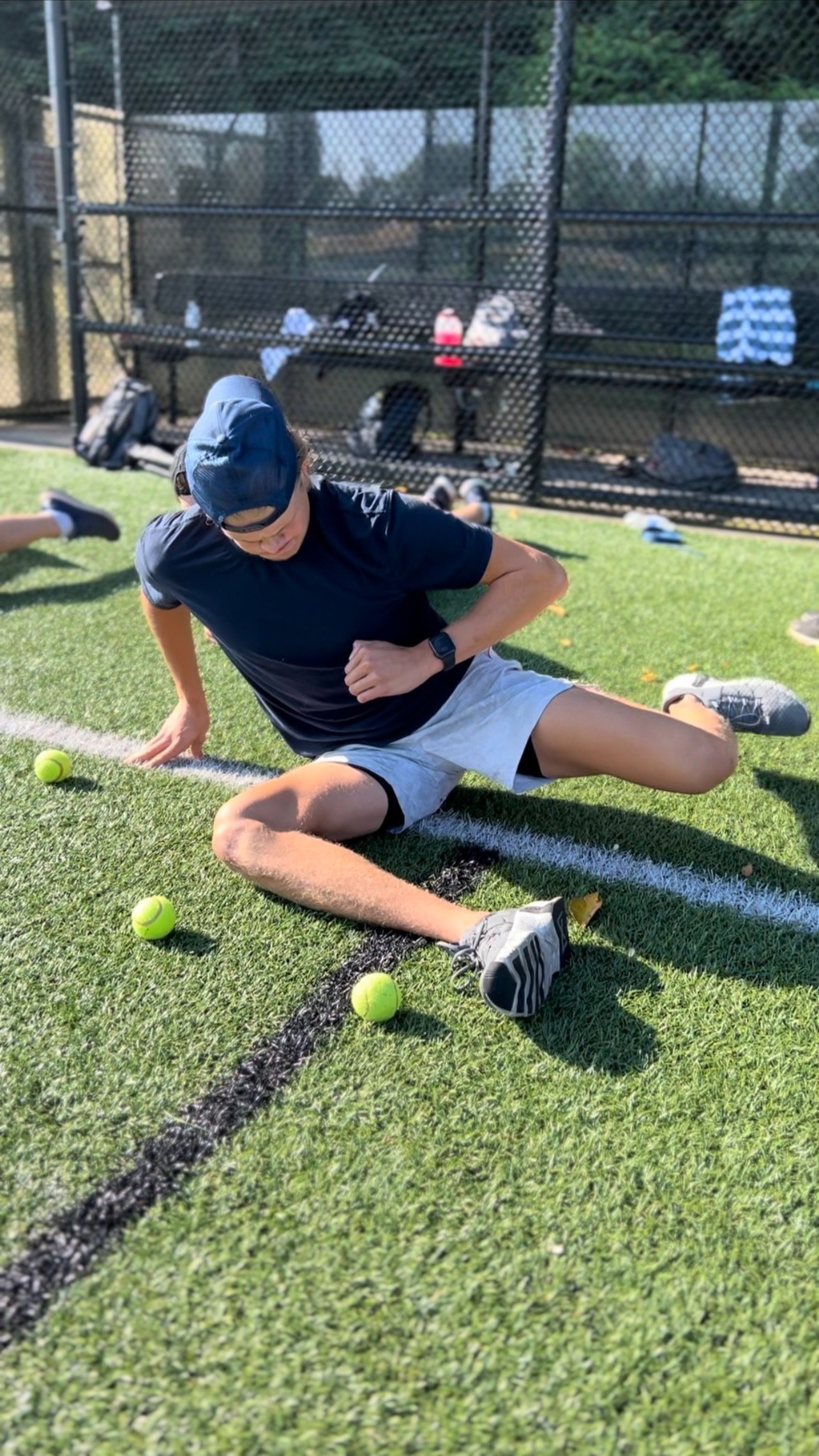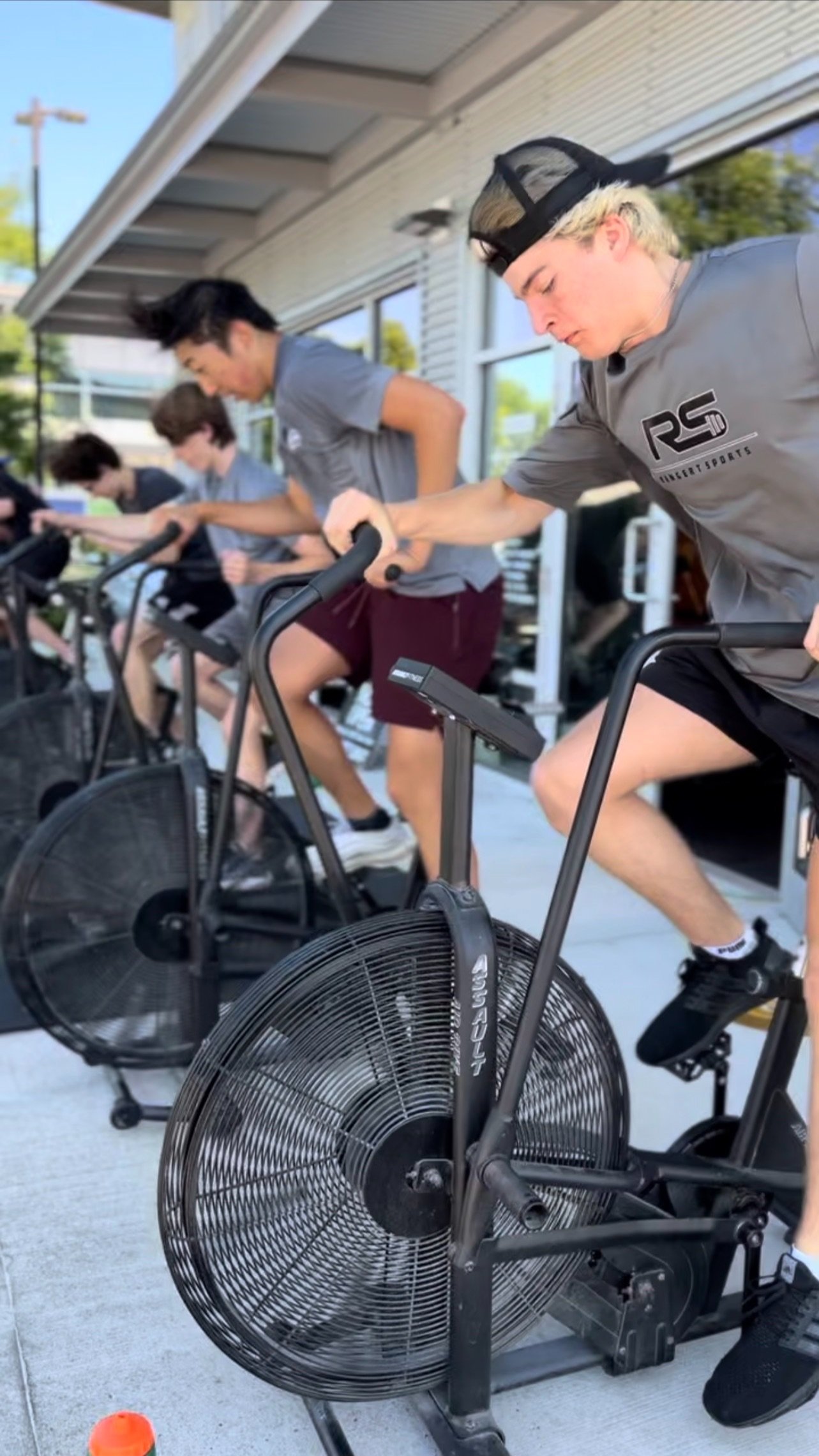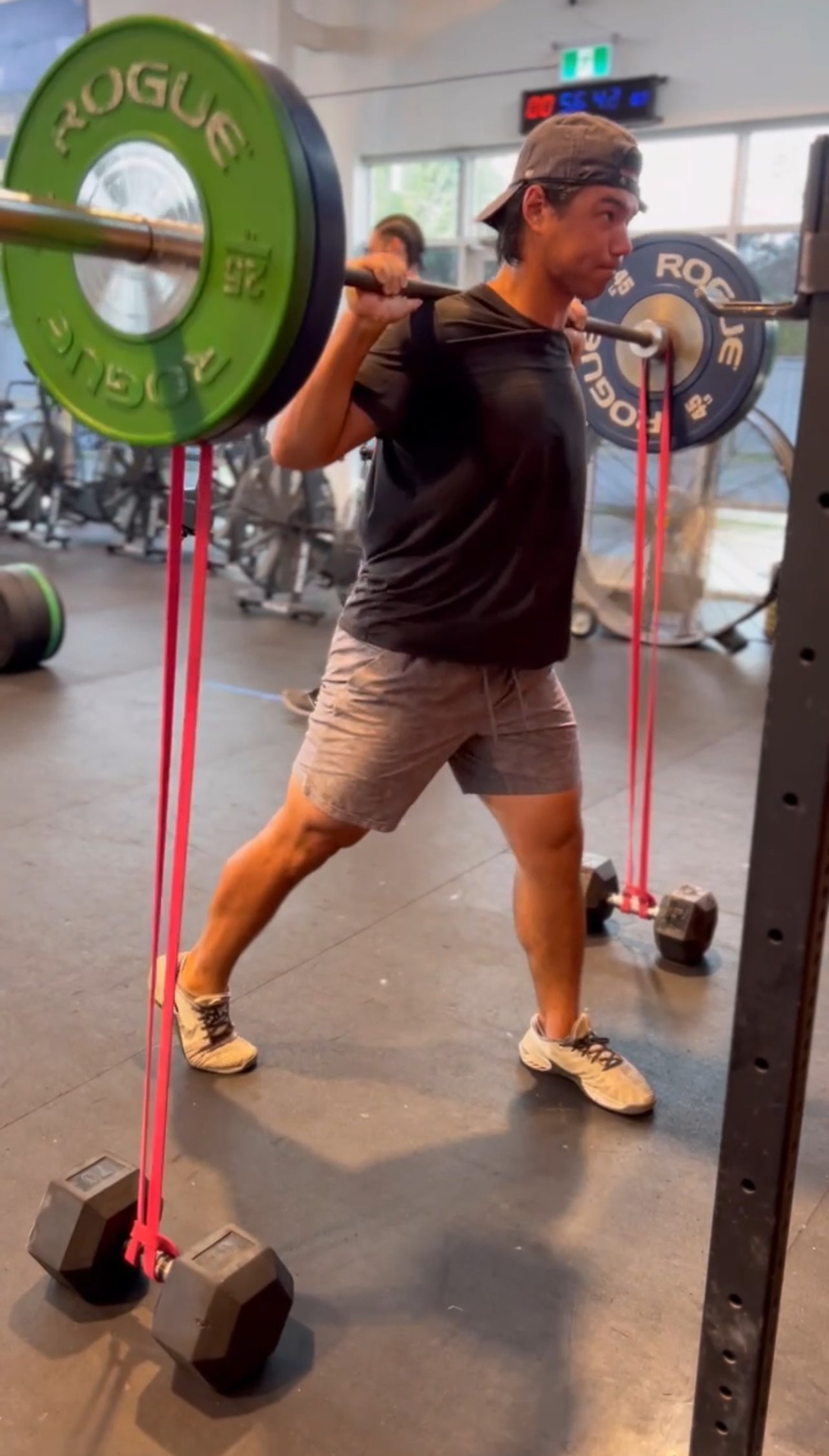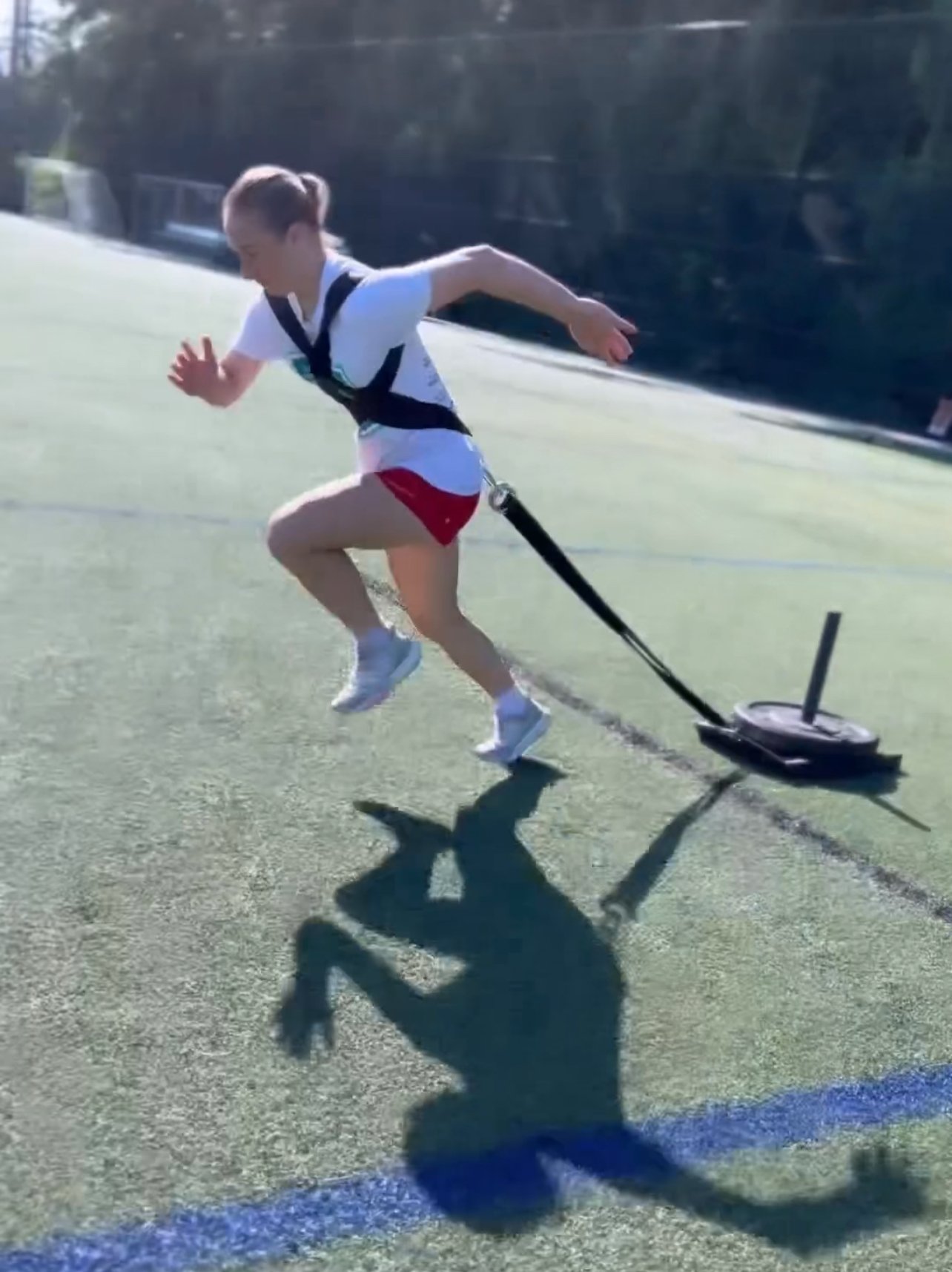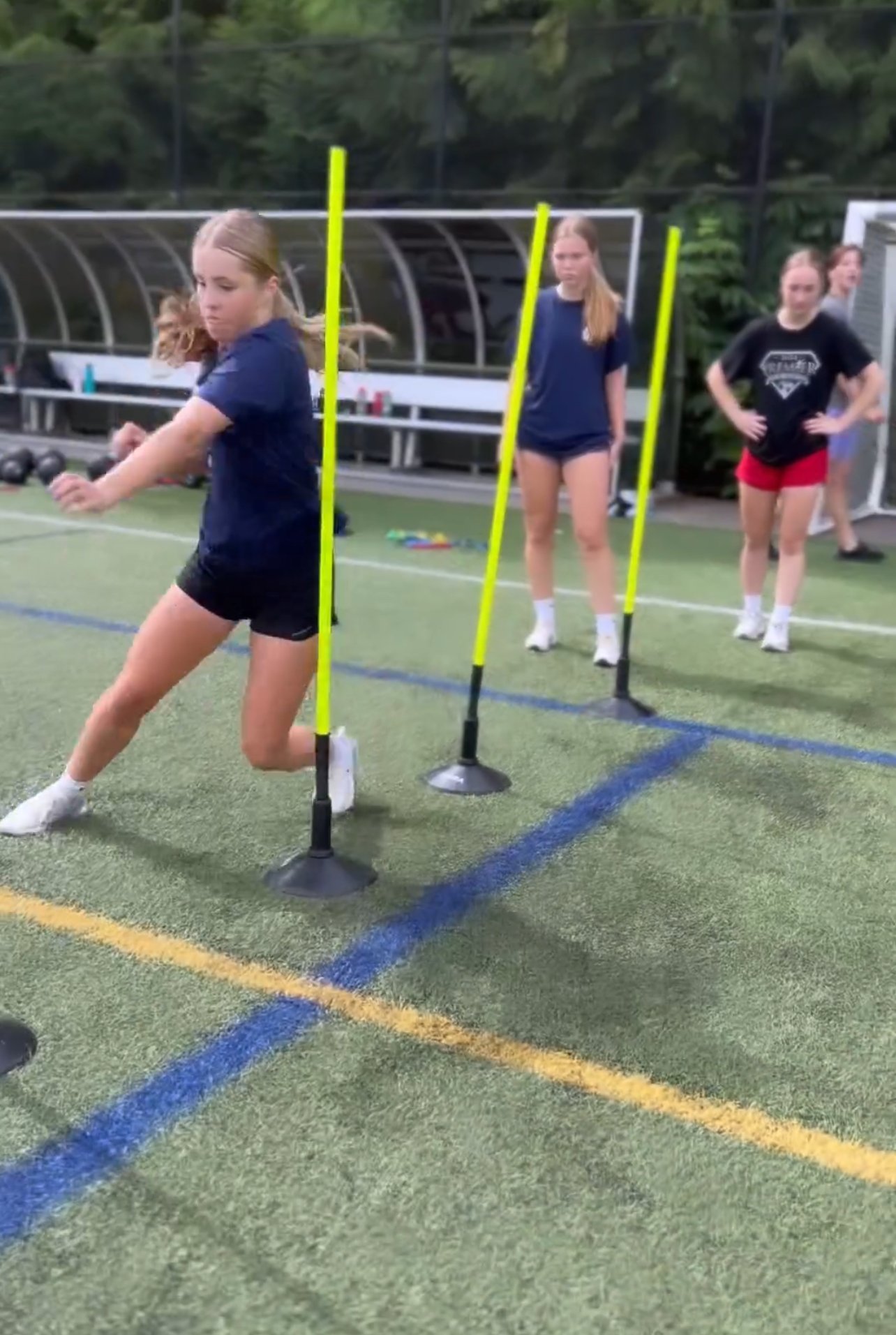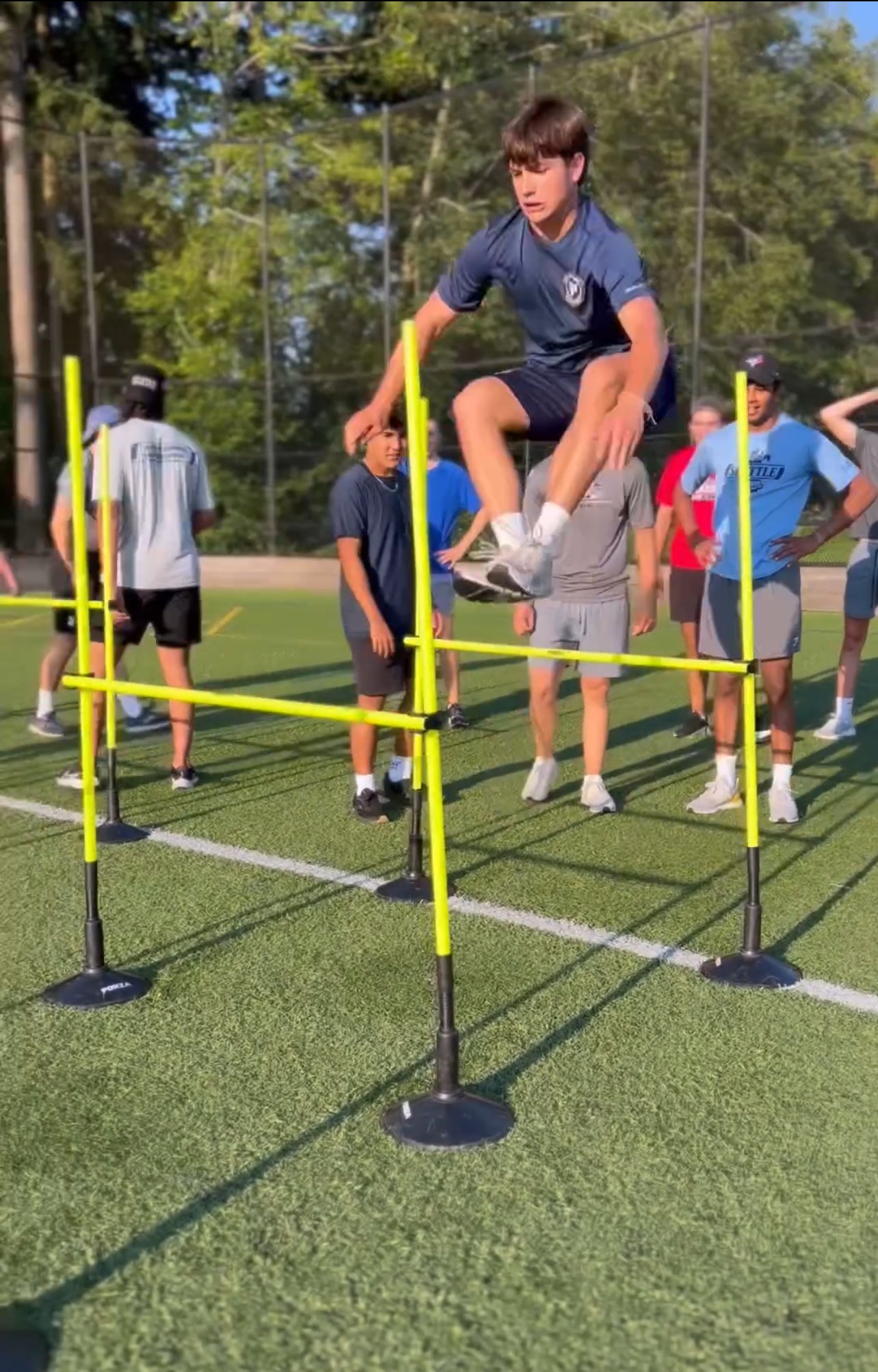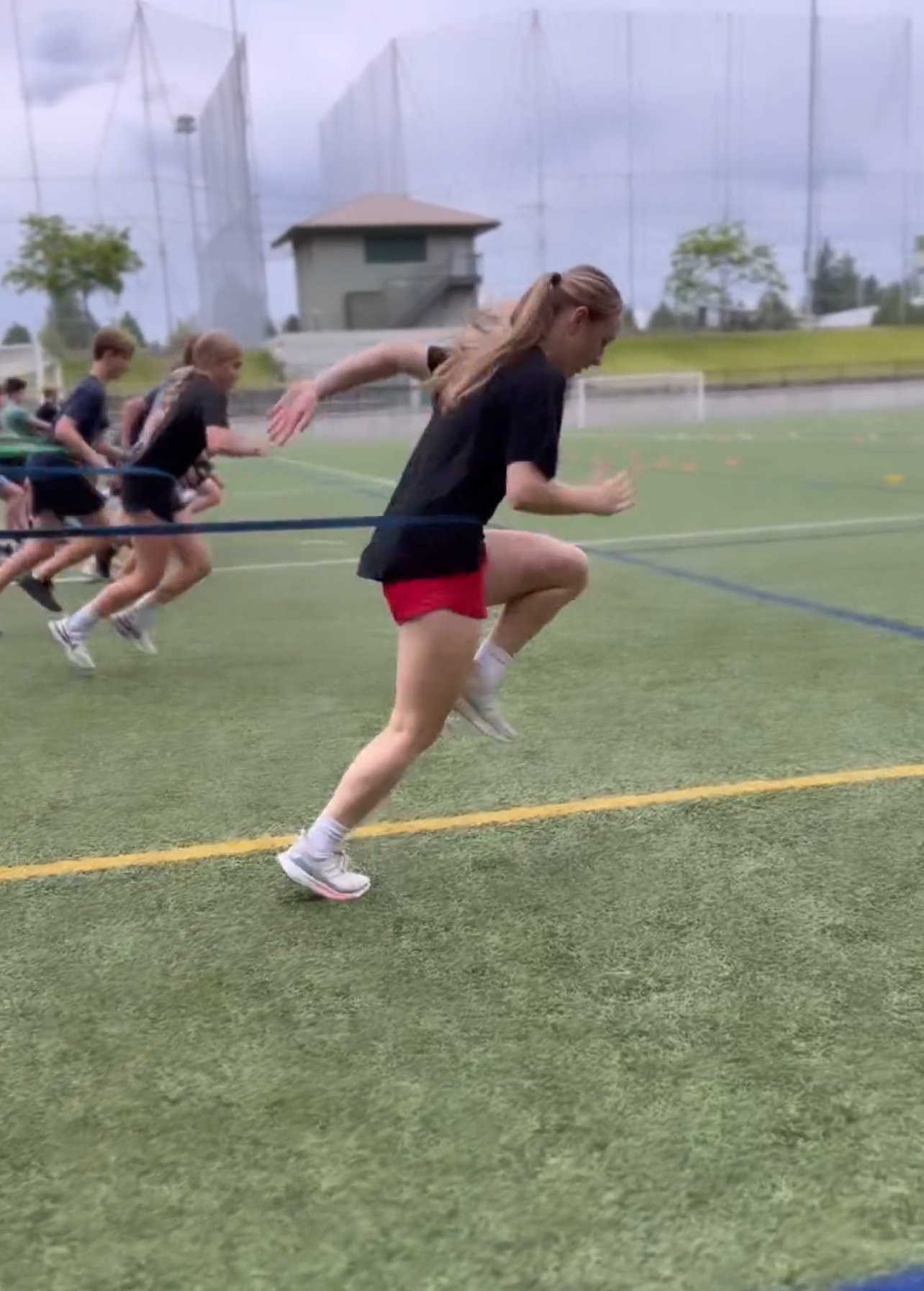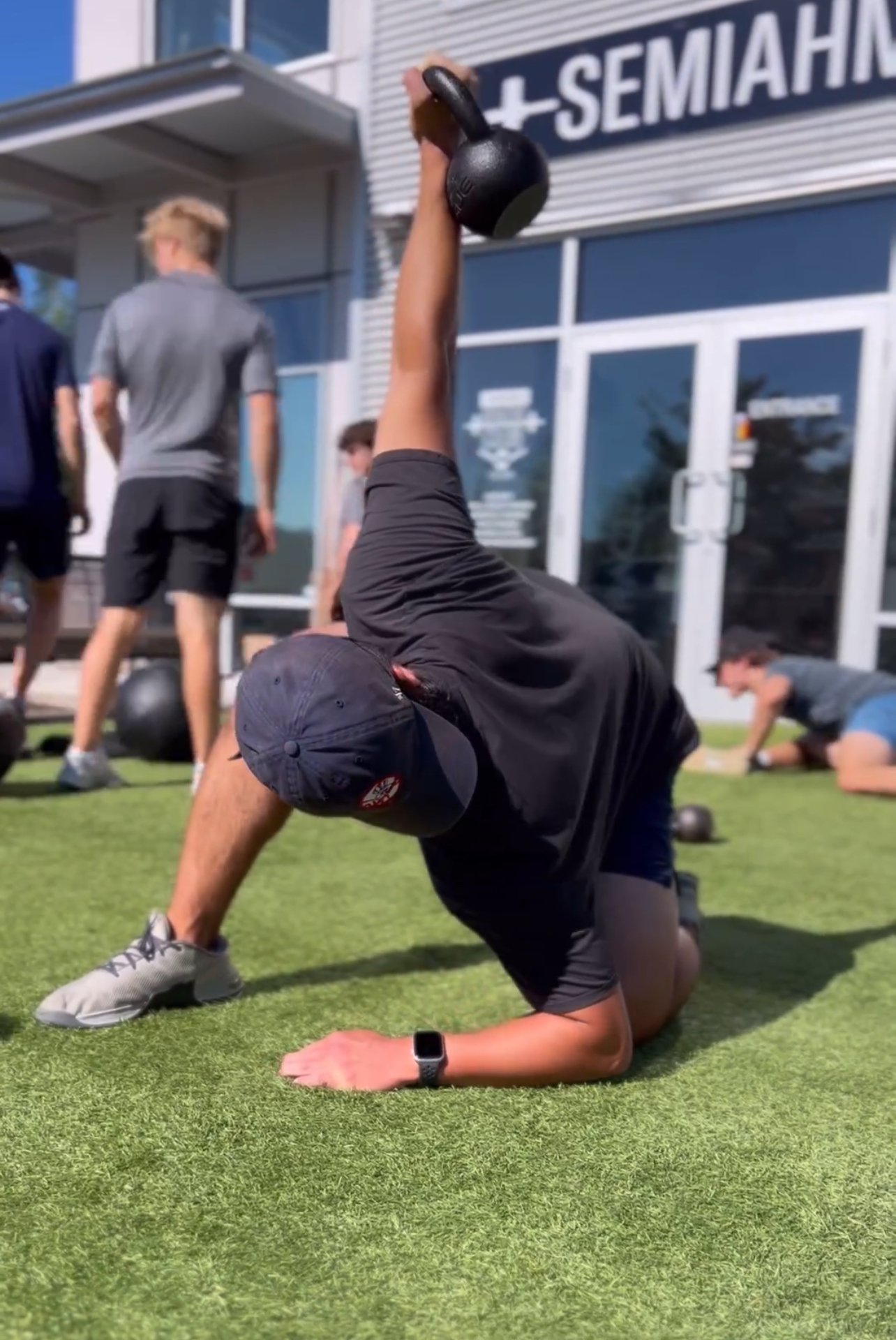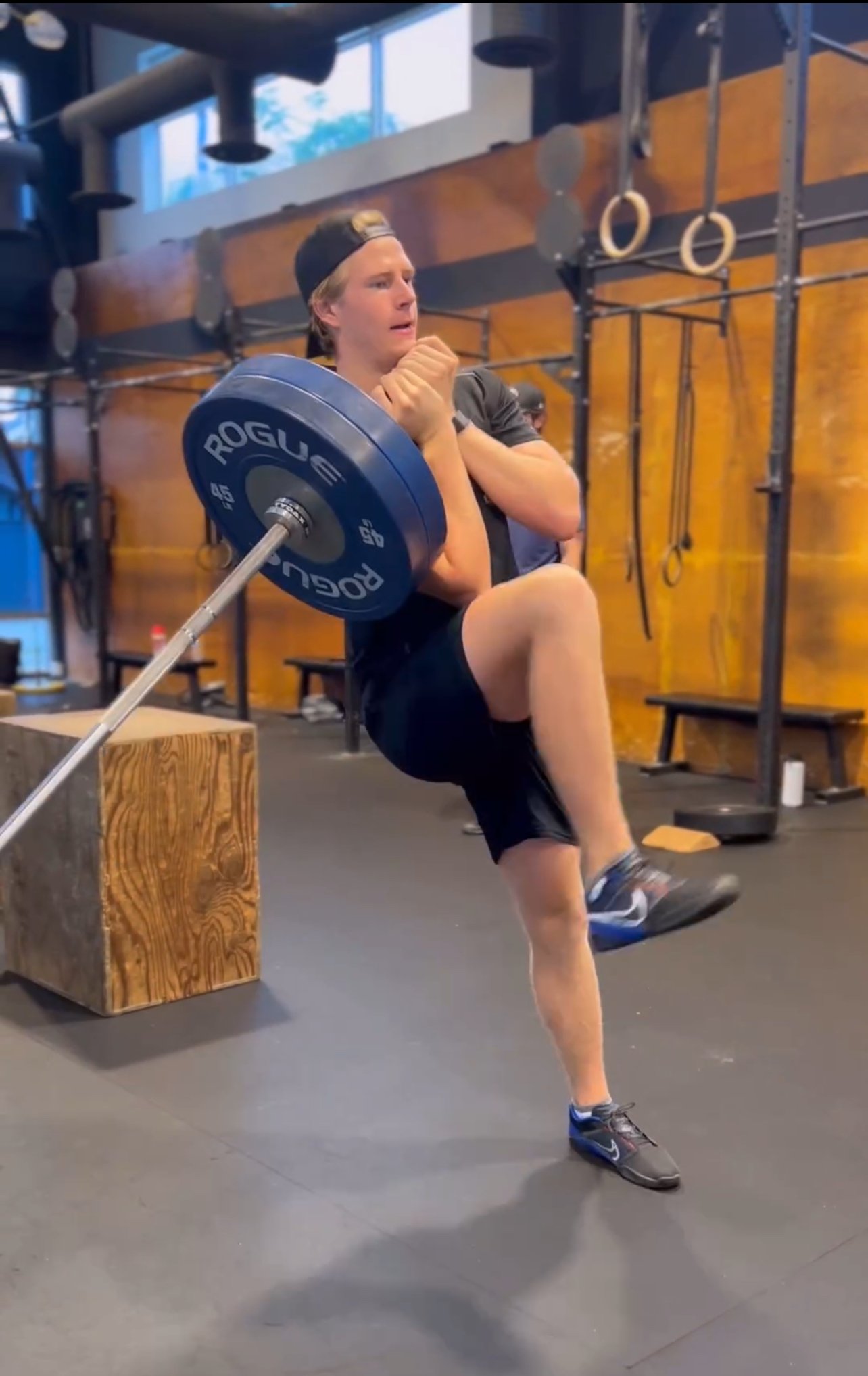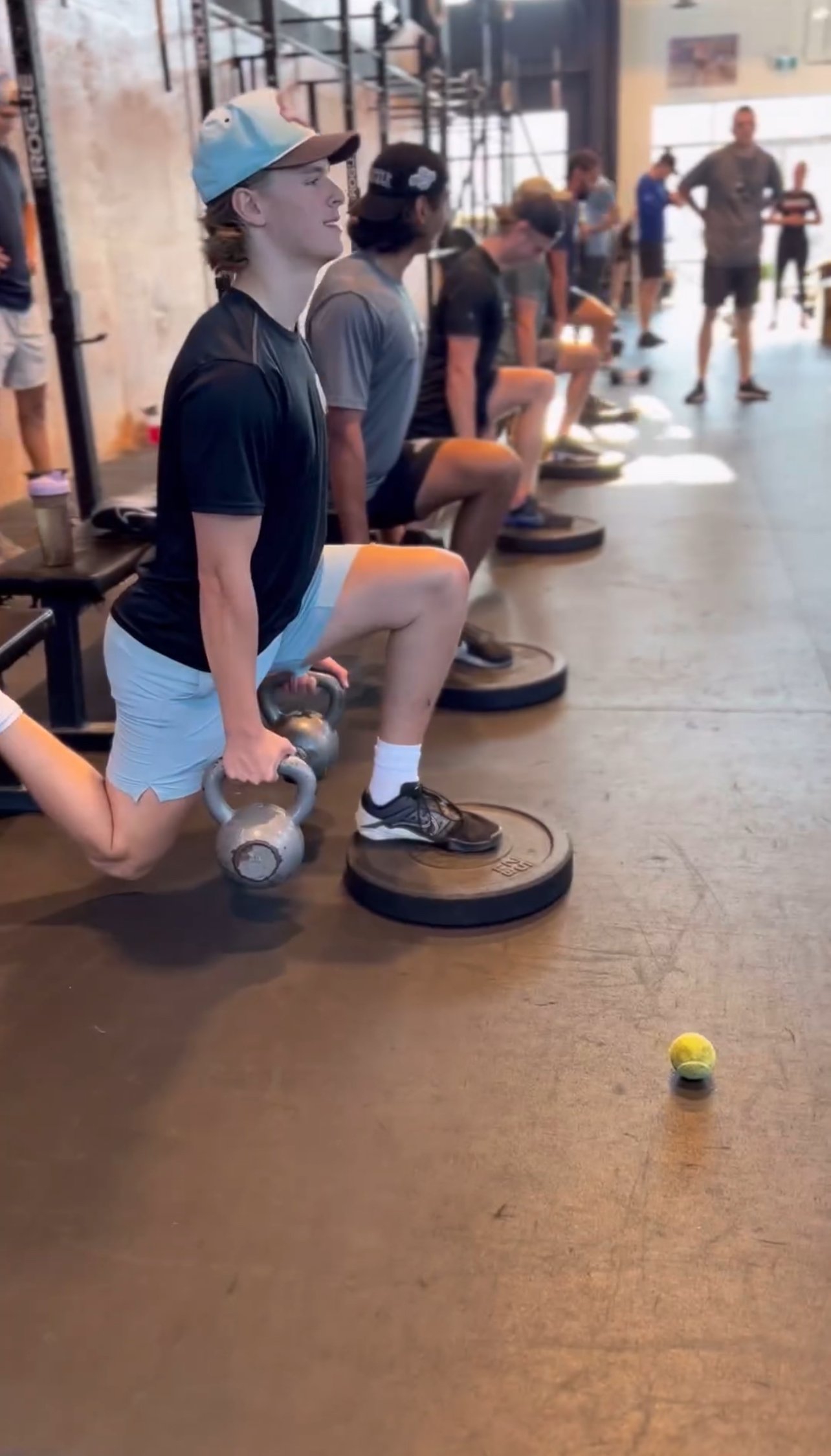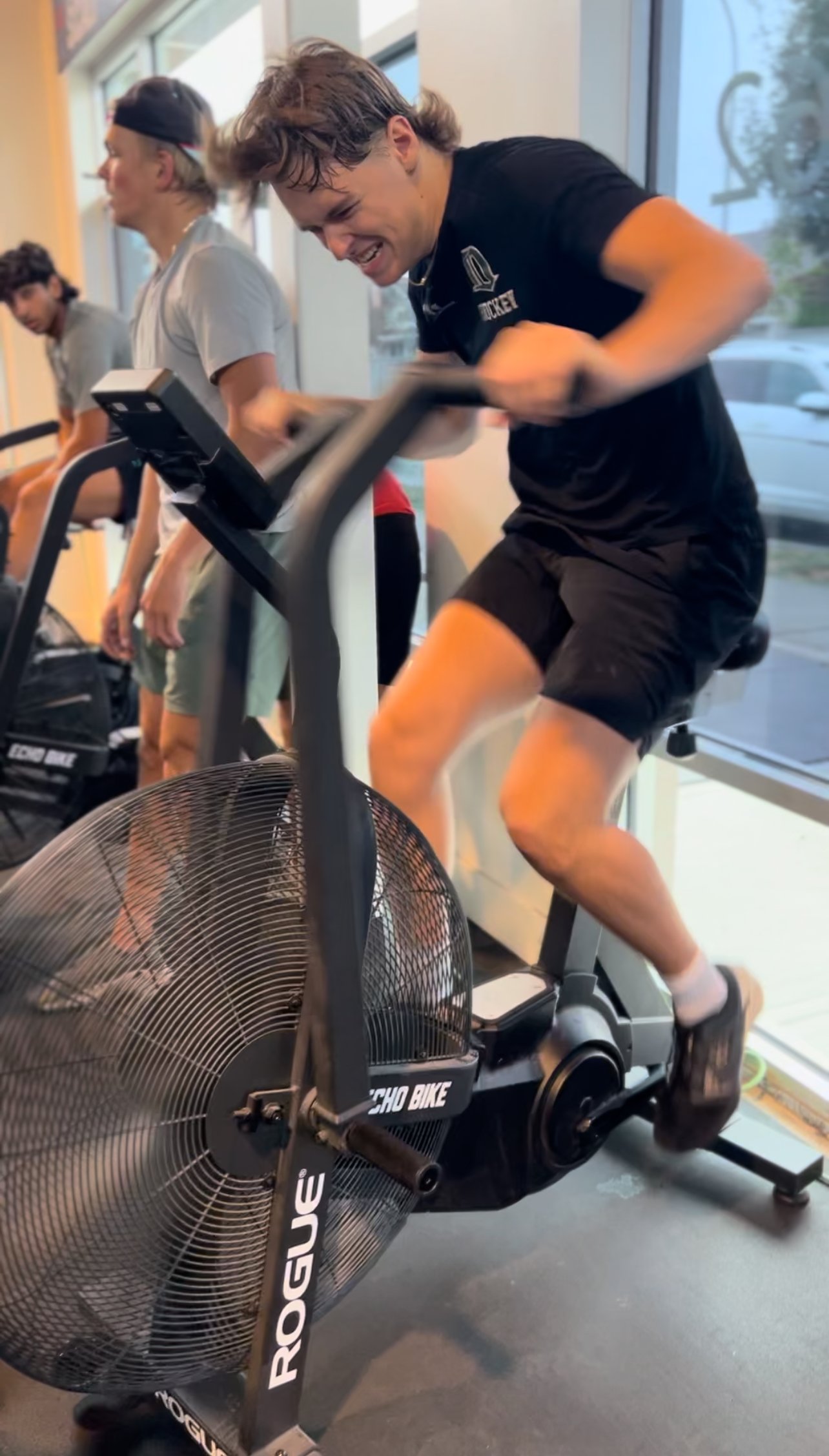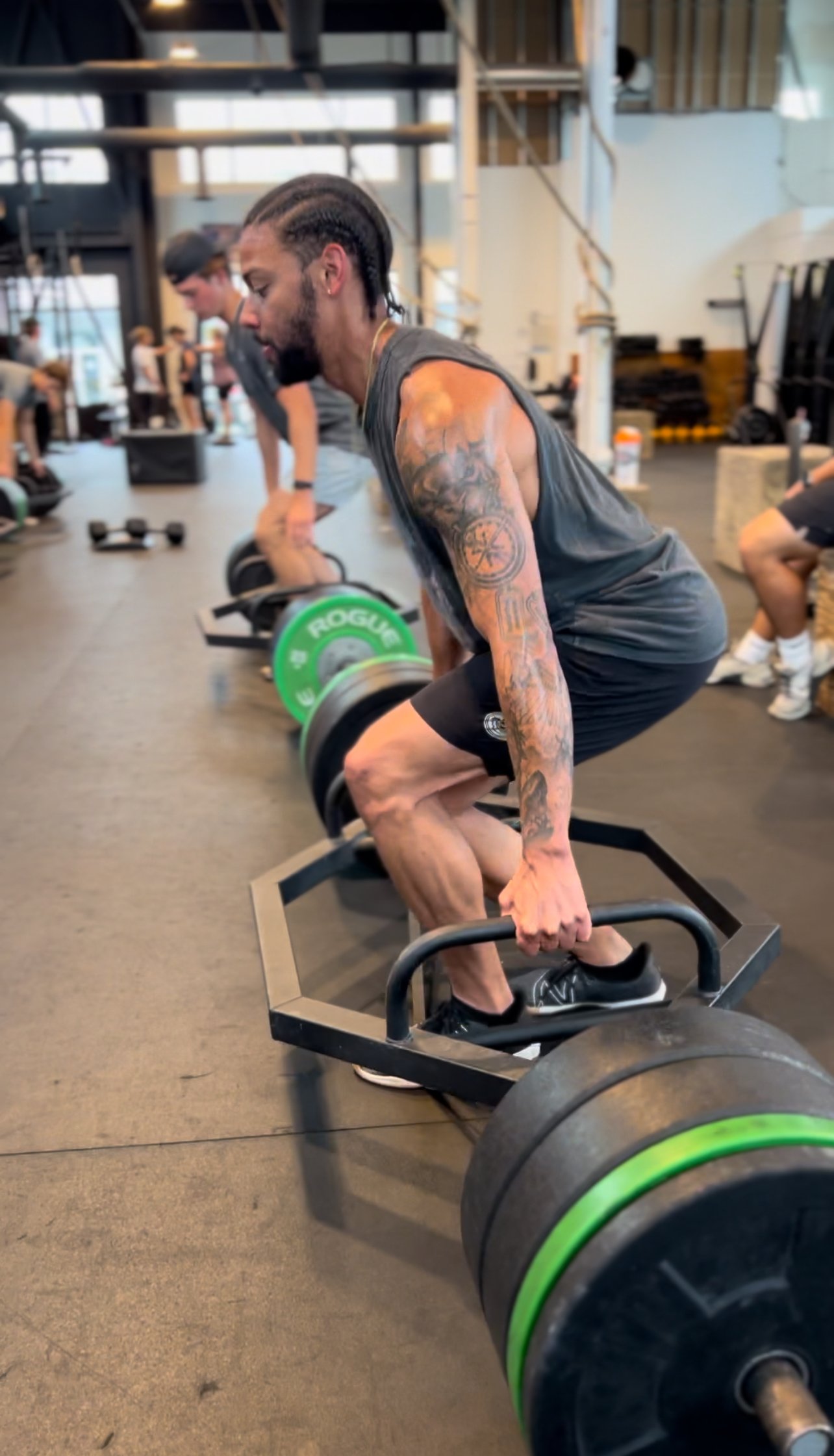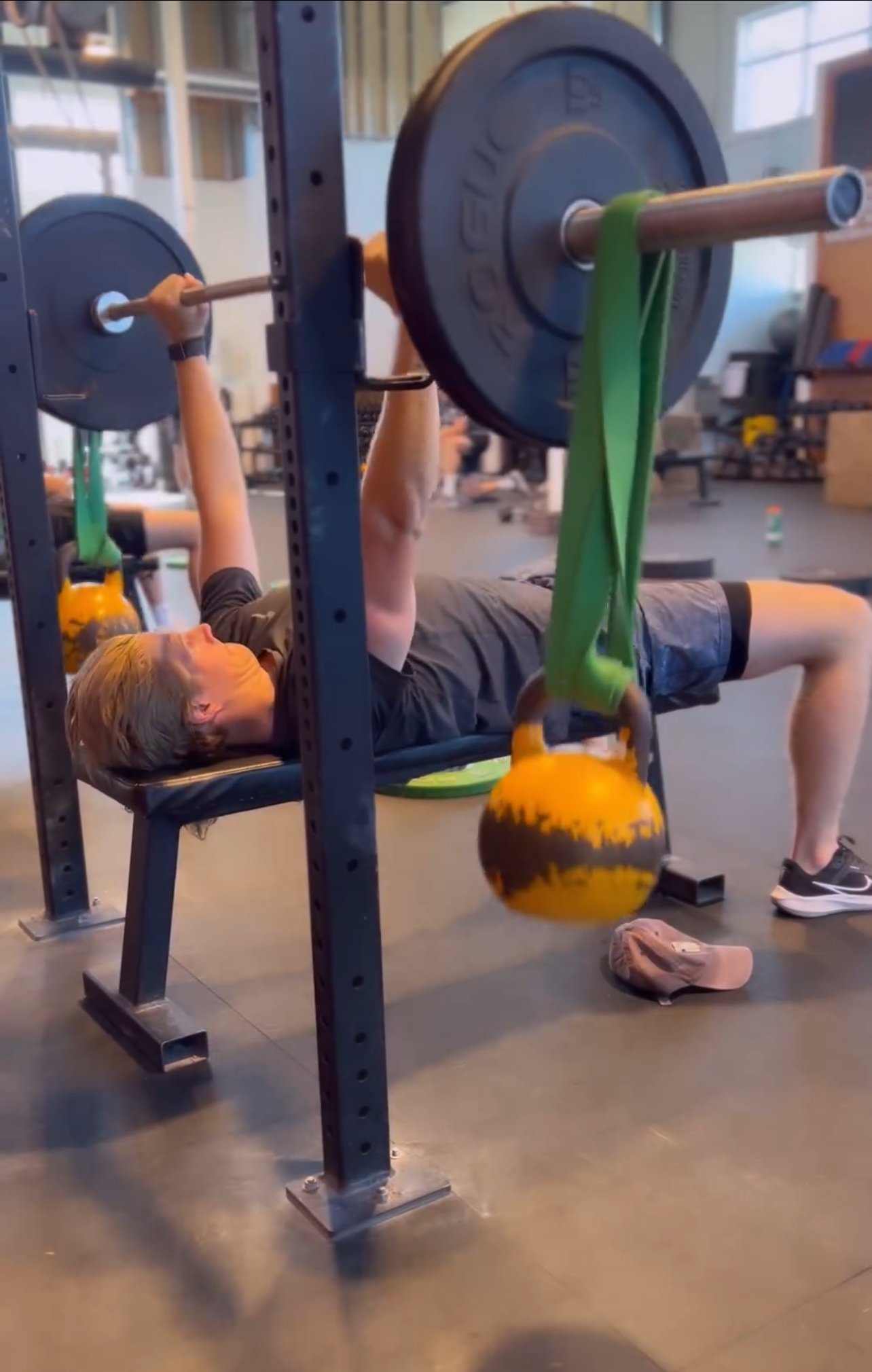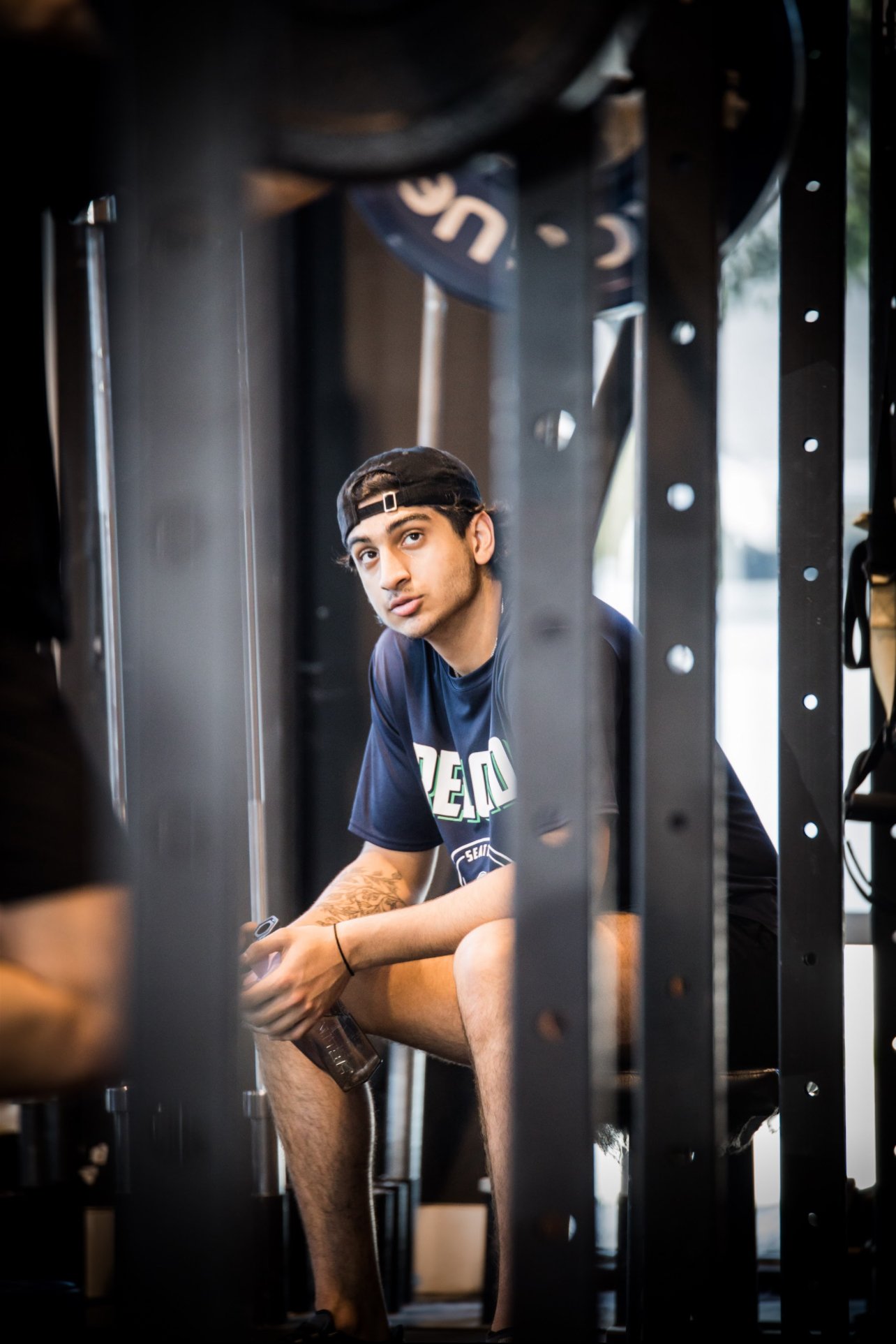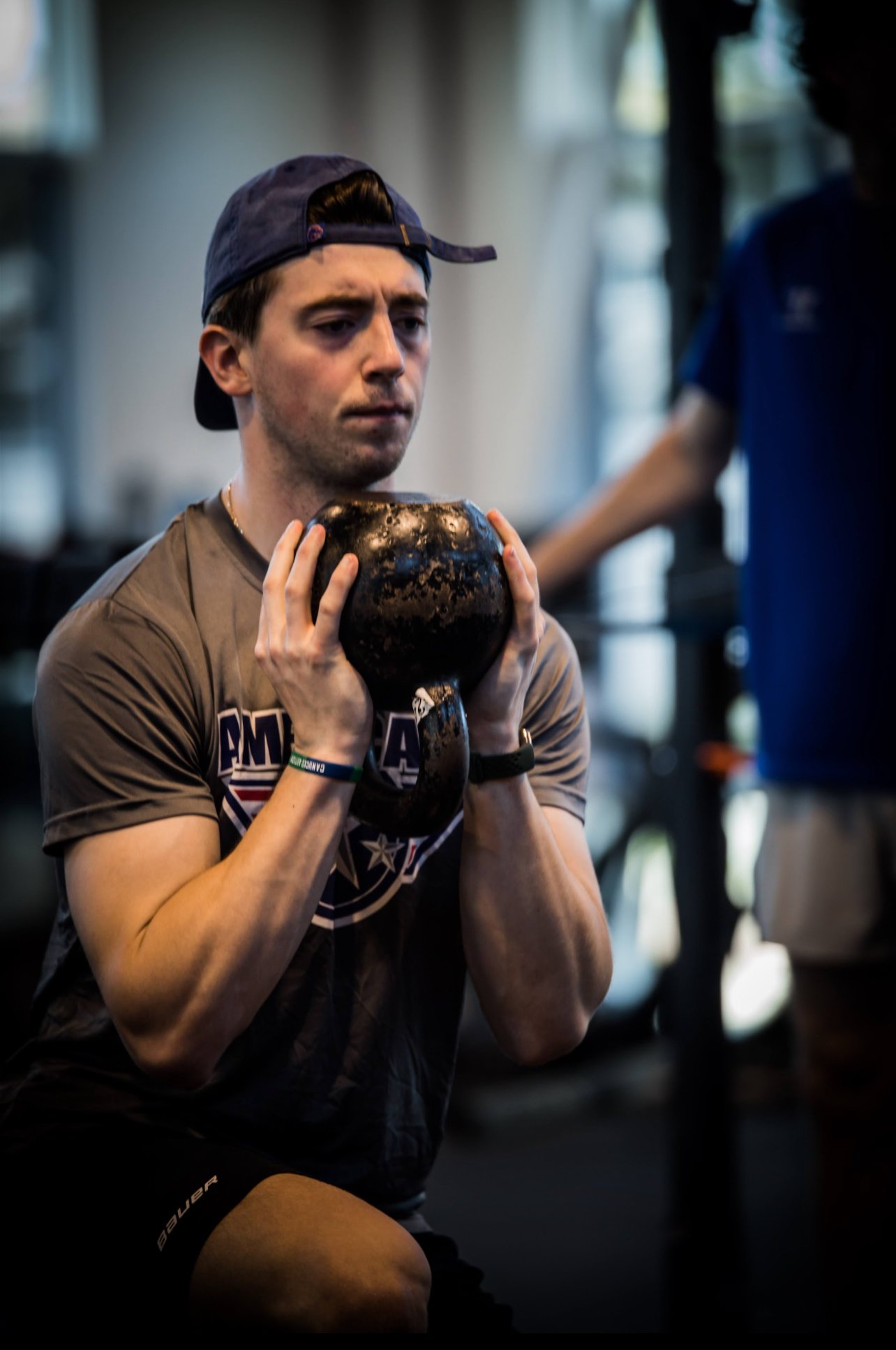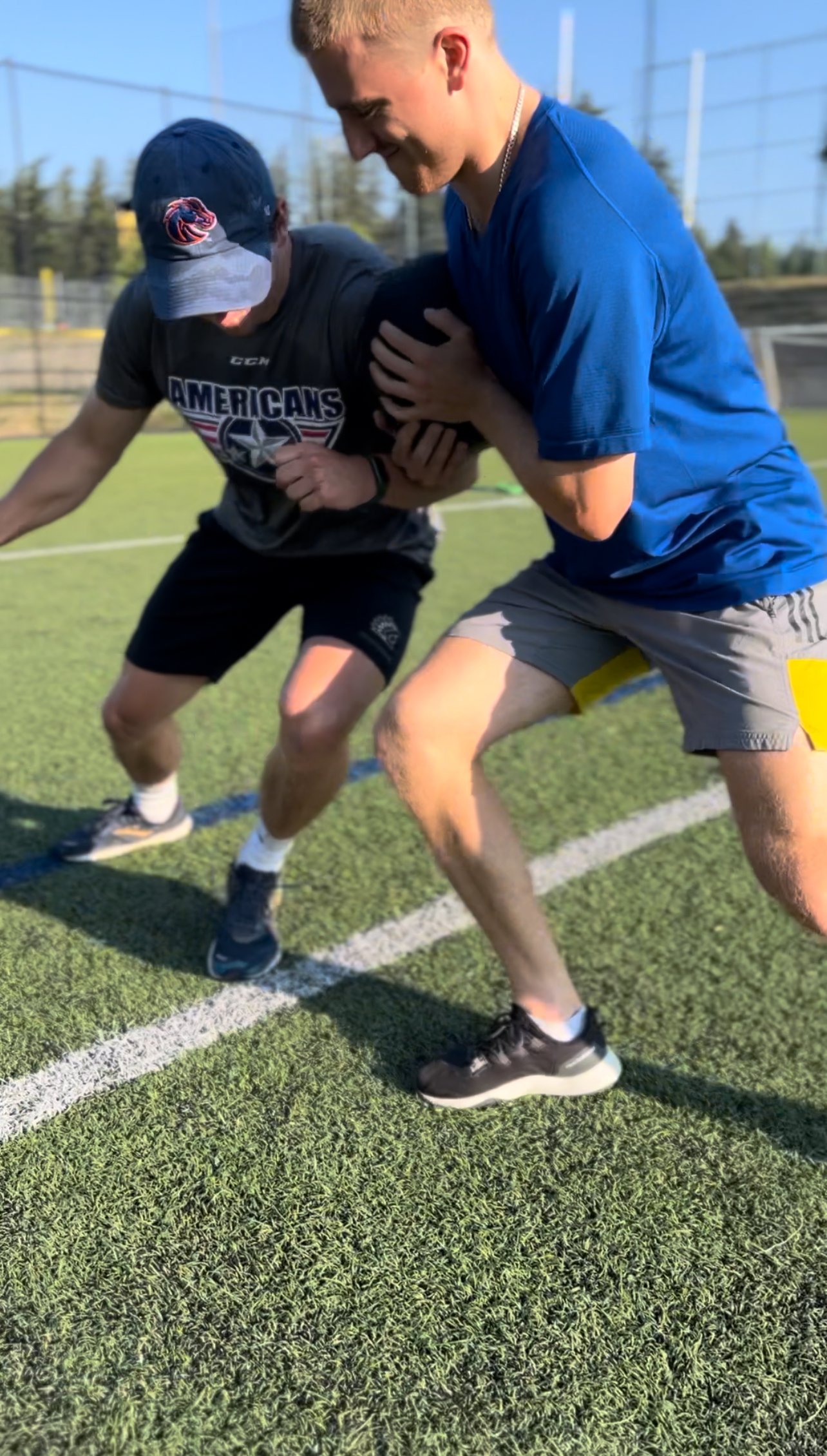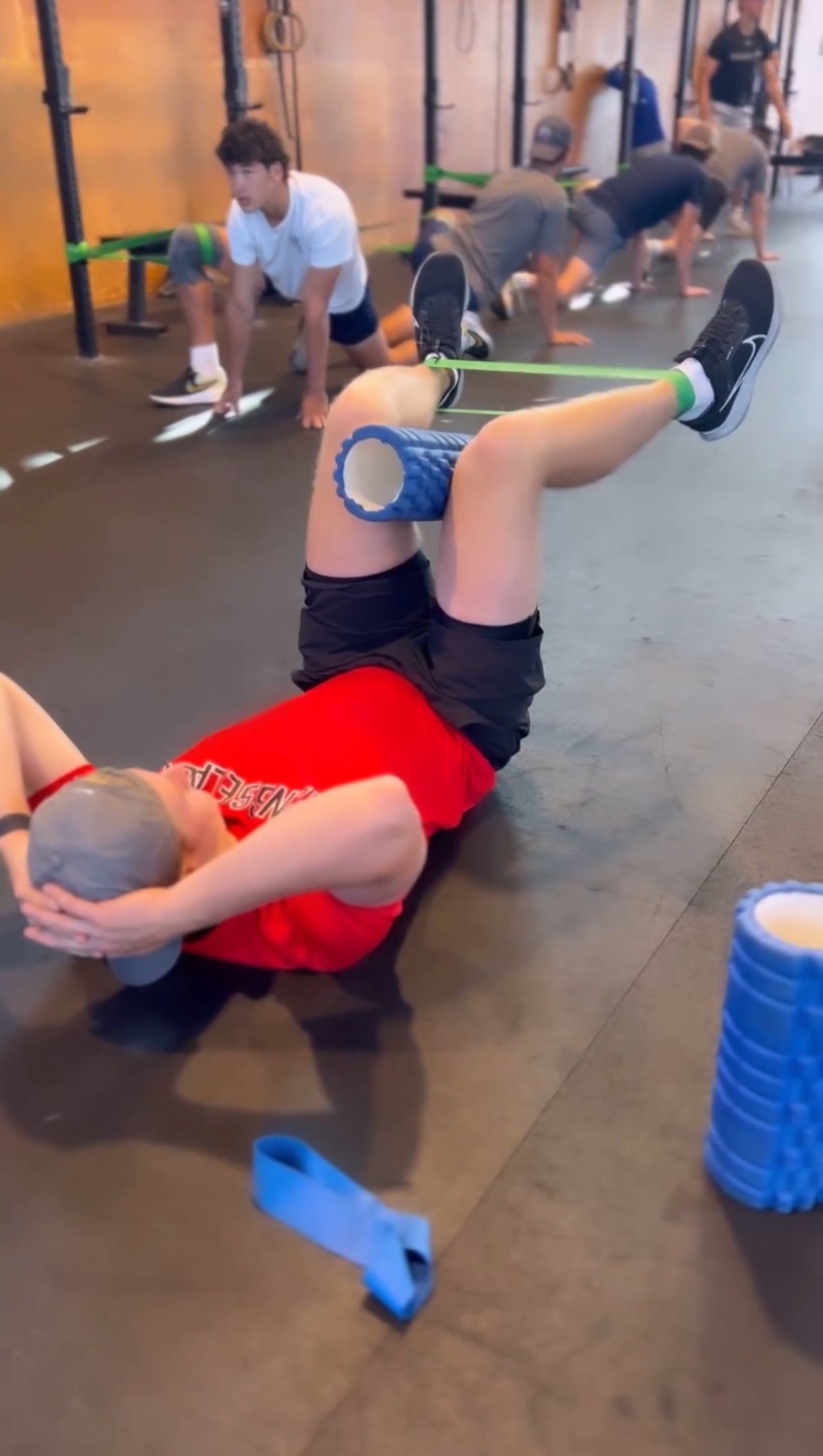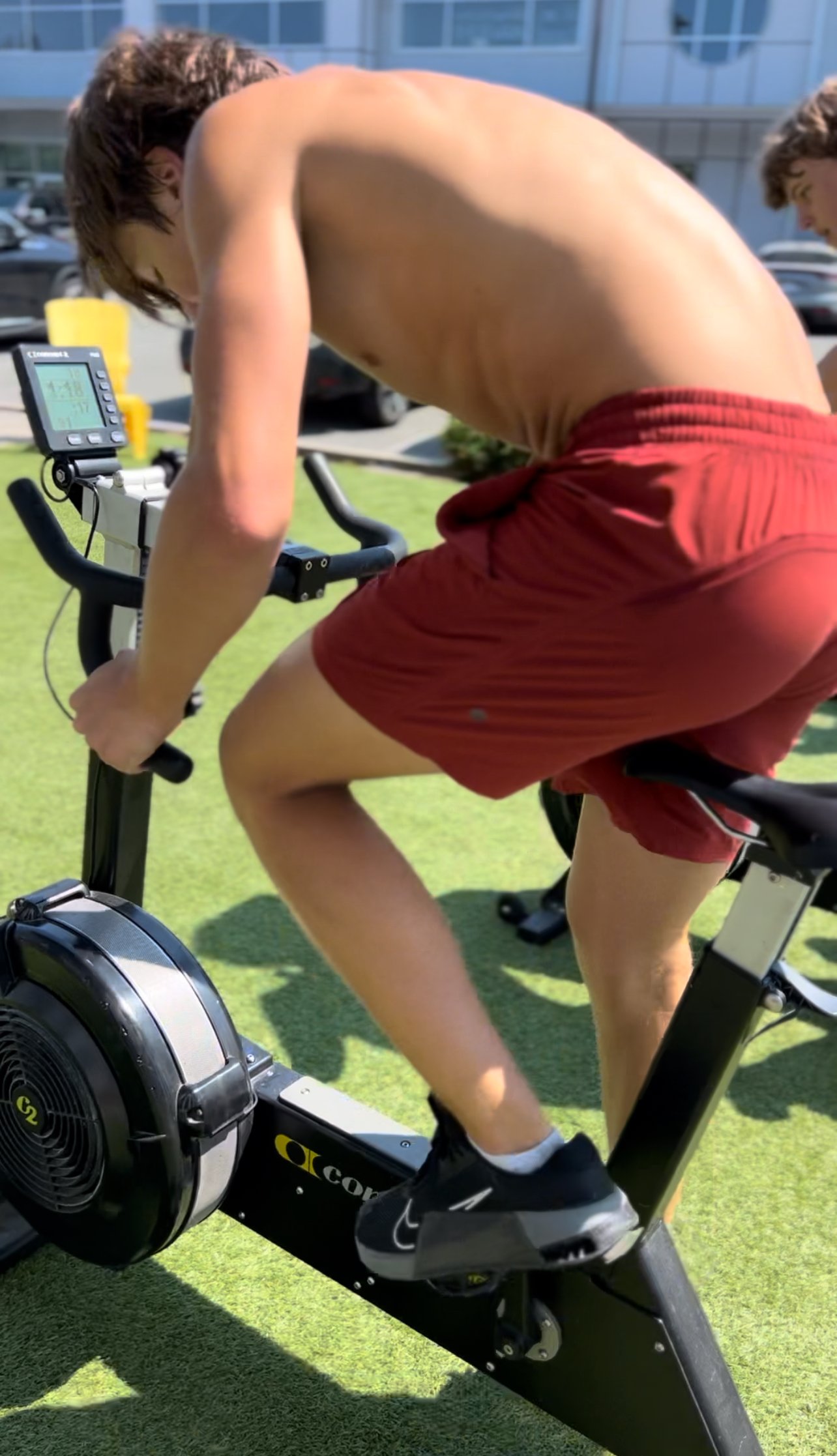OFF-Season development
The off-season is the foundation of an athlete’s yearly performance cycle—an opportunity to rebuild, recalibrate, and elevate key physical qualities that underpin elite sport performance. During this phase, training is strategically structured to drive long-term adaptations in strength, power, speed, and movement efficiency, while addressing the asymmetries and residual fatigue accumulated over the competitive season.
From a physiological perspective, off-season training emphasizes progressive overload and neuromuscular reconditioning. Foundational strength and hypertrophy phases restore structural integrity, enhance connective tissue resilience, and increase the body’s capacity to tolerate higher force outputs. As the athlete progresses, the focus transitions toward maximal strength development, eccentric control, and high-velocity power expression, aligning with the specific biomechanical and energetic demands of their sport.
Advanced monitoring tools—such as force plate profiling, velocity tracking, and readiness assessments—inform individualized programming decisions, ensuring each athlete’s workload and adaptation rate are optimized. This data-driven approach allows precise manipulation of intensity, volume, and recovery parameters to elicit maximal gains while mitigating overtraining risk.
The culmination of off-season training is the integration of speed, agility, and reactive power, bridging the gap between the weight room and sport-specific performance. Combined with mobility, recovery, and energy system development, this approach ensures athletes return to competition not only stronger and faster, but also more durable, efficient, and resilient across every dimension of performance.
